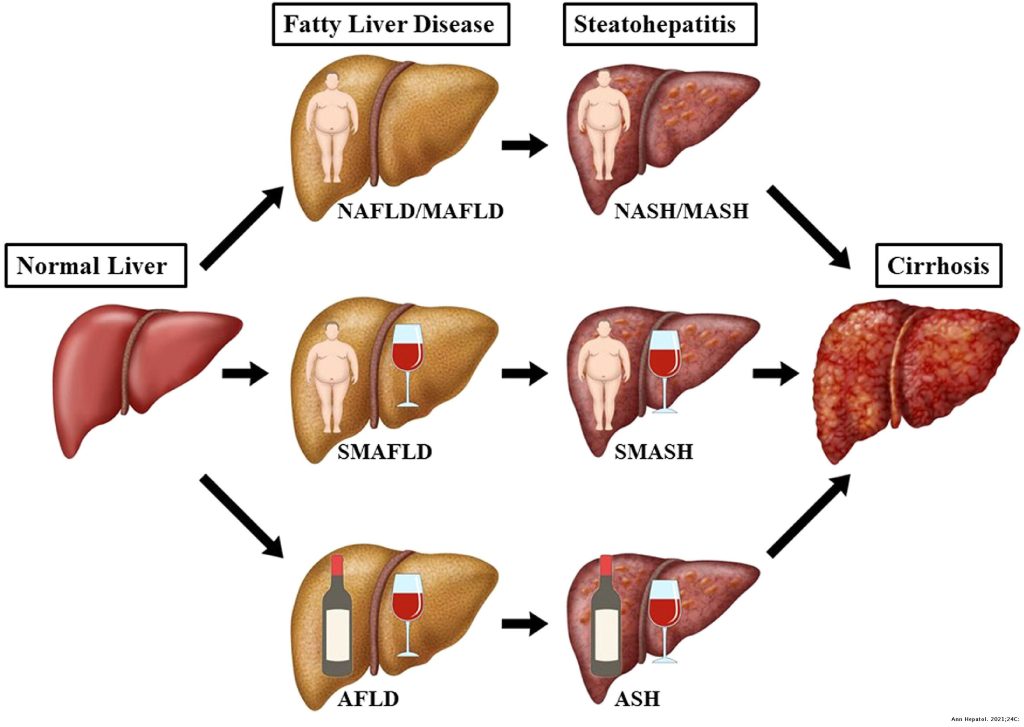
MASH, commonly known as metabolic dysfunction-associated fatty liver disease, is the new term for describing liver diseases. The term replaces NAFLD, which was previously used and described fatty liver disease caused by factors other than alcohol.
<span standre johnson jersey
wurth zaklamp Belgium
botas estilo dr martens con plataforma
fotos de boxers para hombres
collagen booster cream rich
gps tracker do auta heureka
lunarsolo nike mujer
mochilas para mujer 2018
lego stargate sg 1
سيرجيو تاكيني ساعات
mochilas para mujer 2018
mochilas para mujer 2018
pull avec message homme
honor 9 lite vs samsung s6 edge
adidas handball spezial test
yle=”font-weight: 400″>MAFLD is superior in reflecting the pathogenesis of cases where NAFLD was present. It’s defined by various terms, including steatosis, primary steatosis or NAFLD, secondary steatosis, and AFLD.
In this guide, we’ll discuss the common ways that can help people who suffer from this disease to stop its progression and alleviate the symptoms. There are various diagnostic methods like a liver blood test, a scan, or a magnetic resonance that can aid in the diagnosis and prevention of MAFLD.
MAFLD vs NAFLD
Following extensive research by experts and medical professionals, it was established that MAFLD is mainly caused by insulin resistance and its related metabolic dysfunctions. These factors are the main pathogenesis in most MAFLD cases.
However, the terms MAFLD and NAFLD are not completely the same. NAFLD refers to non-alcoholic fatty liver disease and describes a range of conditions that cause a build-up of fats in the liver. Some NAFLD cases haven’t been linked with insulin resistance, like in the case of MAFLD.
Furthermore, MAFLD can have a different etiology for steatosis, like alcohol consumption. Since it matters how language and words are used to name and describe a certain disease in the medical world, it’s important to reflect upon these slight differences.
According to onlinelibrary.com, the term MAFLD is used nowadays to describe liver disease. The consortium proposed that this term is more appropriate when associating fatty liver disease with metabolic dysfunction.
Copyright: CDC on Unsplash I License: CC0 Public Domain
Diagnostic Methods
The best way to stop the progression of MAFLD is to diagnose it on time and treat it the right way. Listen to your doctor’s advice.
The diagnosis of MAFLD includes at least three of the following factors:
- At least two risks of metabolic disorders
- Obesity measured by the high BMI
- T2DM
Contributing factors and conditions leading to hepatic steatosis are excluded through the standardized medical history obtained by the staff.
MAFLD is diagnosed in patients who have evidence of metabolic dysregulation and hepatic steatosis at the same time.
Ultrasound
This is a type of scan that provides an image of the inside of the body. It’s a scan that implements waves to create the image and show potential MAFLD. Further tests might be ordered if you’re diagnosed with this condition. For instance, another type of ultrasound known as a Fibroscan is commonly used in the diagnosis of MAFLD.
CT Scan
A CT scan is a diagnostic method using a form of tomography. It’s an X-ray image where a computer controls the motion of the detectors and the X-ray source to get an image of the liver.
Biopsy
Some people might need a biopsy to examine the liver tissue taken with a needle. A biopsy is often ordered in cases where doctors need to rule out liver cancer or diagnose cirrhosis.
Liver Blood Tests
Liver blood tests are laboratory biochemical parameters that indicate the normal or abnormal levels of:
- Plasma insulin
- Total cholesterol
- HDL-C
- HbA1c
- Aspartate aminotransferase
- Alkaline phosphatase
- Uric acid
- Blood urea nitrogen
- Albumin
- Alanine transaminase
How to Prevent MAFLD
One of the most common ways to stop the progression of MAFLD is by reducing body weight. Doctors recommend that overweight people gradually reduce their weight, losing 7% to 10% of their total body mass. Weight loss is fundamental and one of the most effective treatments for fatty liver disease. Bariatric surgery is often recommended for those people who can’t lose weight effectively.
Reducing calorie intake is another way of improving liver disease. Qualitative dietary adjustments can include food rich in fiber, fruits, vegetables, and unprocessed ingredients. Most healthcare providers recommend the Mediterranean diet to patients who suffer from MAFLD. This type of diet is rich in white meat, nuts, whole grains, and vegetables.
Physical activity is also important when dealing with liver problems.
Make sure you go to regular check-ups and evaluations if you have a family history of type 2 diabetes or obesity.
Copyright: National Cancer Institute on Unsplash I License: CC0 Public Domain
Summary
The prevalence of MAFLD continues to rise, especially in Western countries. The disease is commonly diagnosed in patients with type 2 diabetes and obesity. However, its progression depends on the changes in lipid metabolism, glucose, and fibrogenesis.
Since the pathogenesis of obesity, fatty liver disease, and lipid metabolism diseases are closely related, it’s important to take a therapeutic approach that will address all of them.
Dietary restrictions have turned out to be crucial in reducing liver diseases. There are certain barriers to the implementation of dietary interventions in patients with MAFLD or other chronic liver diseases. However, it’s important to stay informed and consult experts in nutrition, psychologists, and primary care providers when treating the disease.
